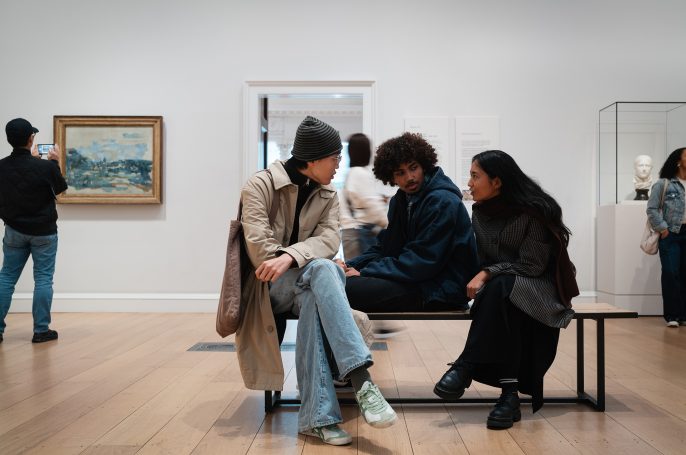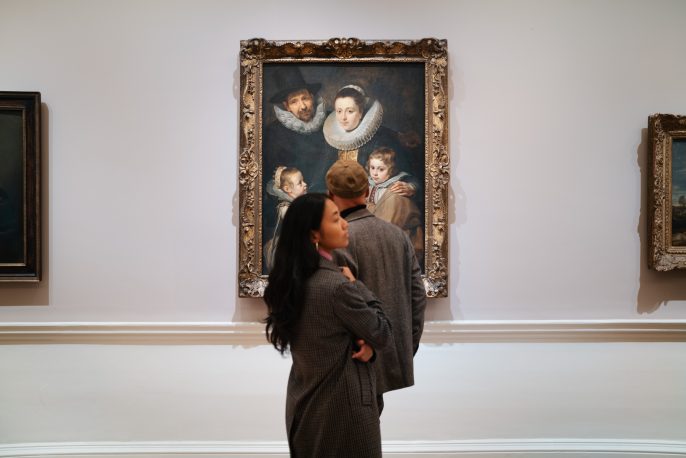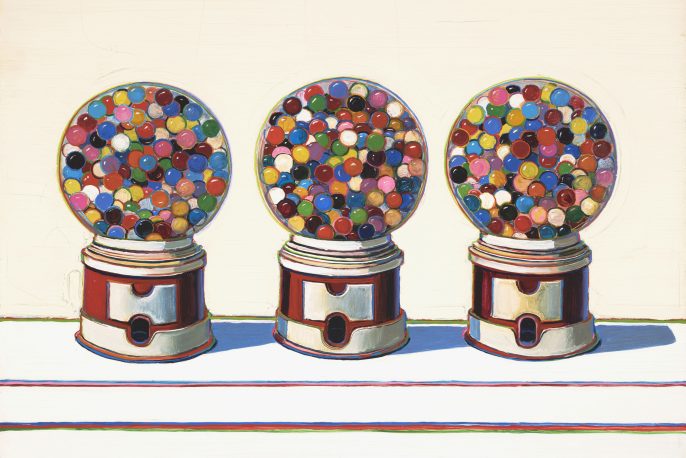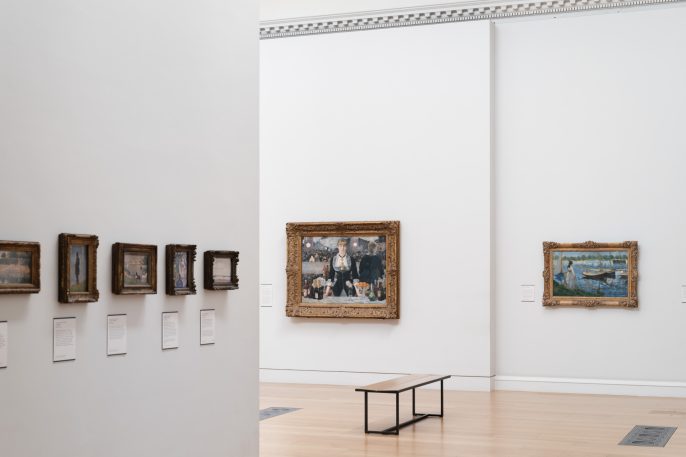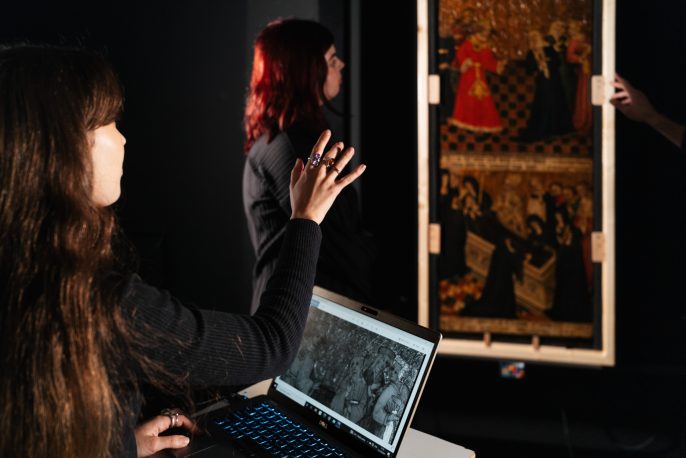Throughout Irish prehistory human groups sought out caves for a variety of activities including burial, excarnation and as theatres in which to conduct religious rituals. Fundamental to all such rites was the interaction with darkness, whether focussed on the transition between the light outside and the darkness inside, or purposefully seeking out the deepest and darkest areas of caves. The changing boundaries between light and darkness was often perceived as symbolically significant, and marked with the construction of features or the deposition of human bones. Those areas of caves shrouded in complete blackness were used at times for ritual retreat and the placement of votive offerings. Entering the darkness of caves seems to have been a practice reserved for a very small number of individuals, journeys not appropriate for the general population. This lecture explores some of the ways prehistoric people interacted with and perceived caves – essentially containers of darkness.
Marion Dowd is Lecturer in Prehistoric Archaeology at the Institute of Technology, Sligo, Ireland. She specialises in the archaeology of Irish caves, and is particularly interested in the use of caves as sacred spaces in prehistory. She has directed numerous cave excavations and cave research projects in Ireland over the past two decades, and has lectured and published widely on the subject. Her first book ‘The Archaeology of Caves in Ireland’ (Oxbow Books, 2015) won the Tratman Award 2015 and the Current Archaeology Book of the Year 2016 award. Her second book, co-edited with Robert Hensey, ‘The Archaeology of Darkness’ (Oxbow Books, 2016), explores human interactions with darkness.
